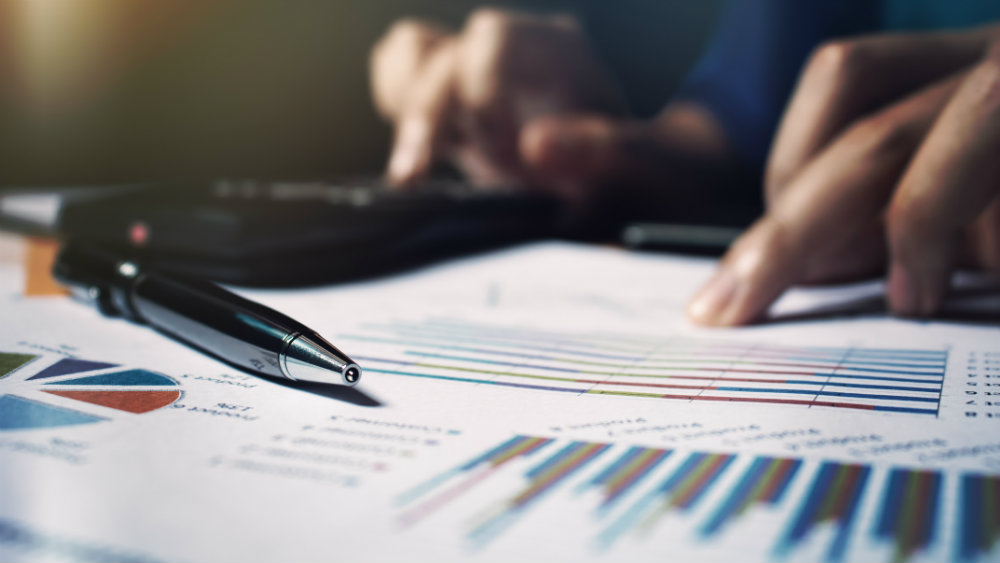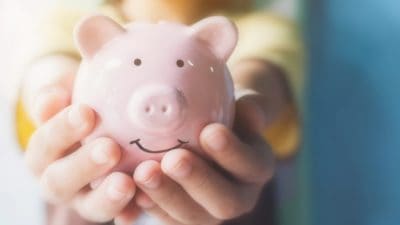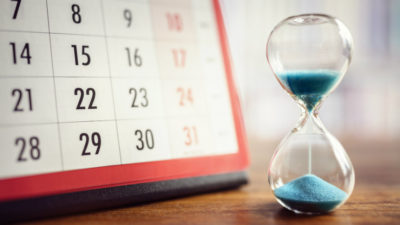It’s every consumer’s dream. Buy something online and pay for it later.
That’s the sweet promise of the new buy now, pay later (BNPL) apps. Though sure, retailers have always offered “buy now pay later” services in the past, it’s usually been for higher-priced items, such as furniture or electronics. Nowadays, you can buy toilet paper on Amazon and set up an installment plan.
Many Canadians are shifting from credit cards and cash to BNPL, as the services typically offer zero-interest loans and no credit checks for use. But is BNPL truly that affordable? Let’s take a look at the hidden costs of using BNPL.
Paying now: Hidden fees
First off, every BNPL service works a bit differently. But one thing unites them: they’re all fairly opaque about how they charge fees to consumers.
Some don’t charge interest but charge fees on late payments. Others will waive the late payment charge, but they’ll charge you interest if you attempt to extend your payment plan. Some will charge processing fees or rescheduling fees, while still others will only give you a certain amount of time before you start paying interest.
In short, BNPL services aren’t always the “no fee” payment option they purport to be. When in doubt, read your terms and conditions. In fact, always read your terms and conditions before using a BNPL service, as the hidden costs are often buried in the fine print.
Limited insurance
Unlike credit cards, many BNPL services won’t refund your purchase if your product comes defected or broken. While, sure, you should be able to get a refund through the retailer, sometimes you can’t. And unless your purchase is covered by purchase protection insurance (as most credit cards carry), you’ll have to eat the cost.
Buying more than you can afford
Finally, BNPL services may easily encourage us to spend more than we should, simply by making impulsive buying easier. They take purchases we can’t afford and break them into small, irresistible numbers that trick us into thinking they can fit into our budgets.
Sometimes they can. Other times, when an unexpected expense pops up, it can make us feel cash-strapped.
This is where BNPL services can get dangerously expensive. By choosing to delay payment, you’re adding a fixed expense into your budget. The expense may seem small, sure, but they leave you with less wiggle room. When an emergency strikes, you’ll have less power in your budget to cover it. Or, if shift your focus from BNPL repayments to the emergency, you’ll end up paying late fees, which can get fairly hefty.
Should you use buy now, pay later?
Truthfully — it’s not worth it.
For one thing, you run the risk of buying things you don’t actually need. And considering that 60% of Canadians plan to pile on more debt before the end of the year (with around 20% using BNPL services to do so), many of us should probably start practicing some delayed gratification.
Second, BNPL does nothing for your finances. Nothing. Most don’t even help your credit score, as not all BNPL apps report repayments to major credit bureaus.
Unlike cashback cards and rewards cards, which can help you at least earn something back, many BNPL has no rewards programs or insurances built into them. I’d pick one of Canada’s best rewards cards, especially one with a welcome bonus before I started borrowing money on BNPL services.








